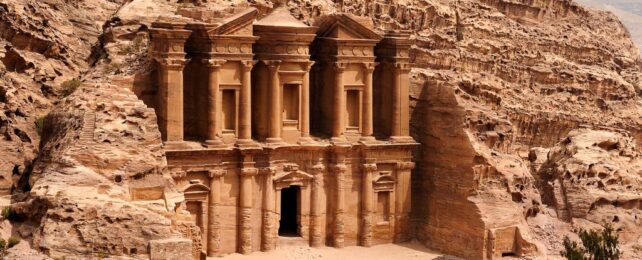One of the most famous facades in all the world has been concealing a deep secret.
Underneath the iconic and intricately carved Treasury building at the center of the renowned archaeological site Petra, excavators have stumbled upon a long-lost crypt holding 12 skeletons.
One of the buried individuals was found clutching the top of a broken ceramic jug.
"When we spotted what looked like a chalice, all of us just froze," recalls American television presenter Josh Gates, who was included in the excavation for a documentary on Discovery Channel.
"It looked nearly identical to the Holy Grail featured in Indiana Jones and the Last Crusade, set in the ancient building directly above the tomb. It was the ultimate moment of life imitating art."
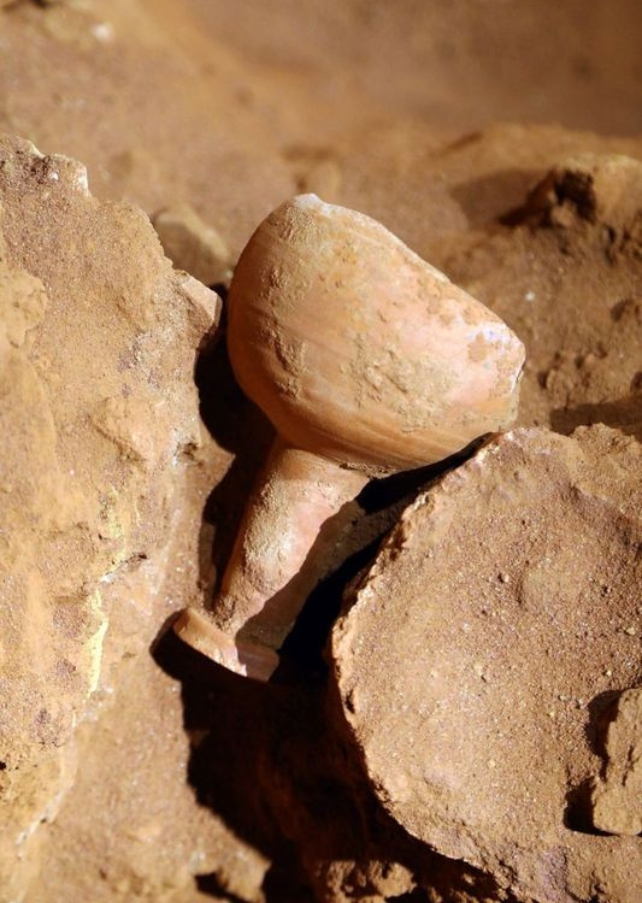
Unfortunately, this ancient vessel isn't capable of providing eternal youth or infinite abundance, but researchers are still very excited about the catacomb's contents.
"Little did we know that this dig might completely change what we know about the Treasury," says archaeologist Pearce Paul Creasman from the American Center of Research in Jordan.
"We were absolutely stunned by the revelation of this hidden chamber," adds Gates. "Since nearly all of the tombs at Petra have been found empty, this is perhaps the most significant tomb ever found at Petra and a discovery of historic proportions."
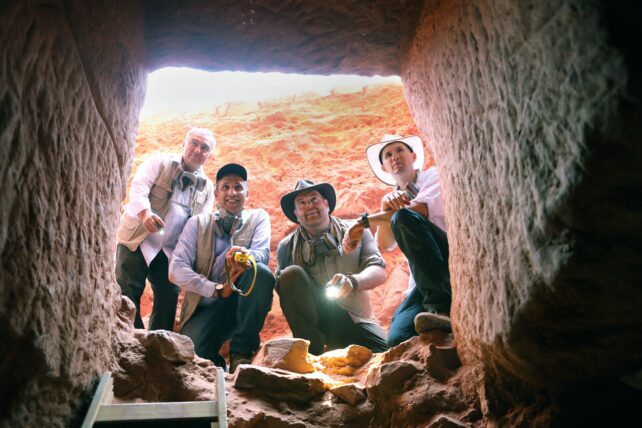
The ancient city of Petra was half-built, half-carved into the sandstone cliffs of a desert canyon in southern Jordan over 2,000 years ago by the Nabateans, a traditionally nomadic Bedouin Arab Tribe.
The city came to be their capital, which they called Raqmu. It is now one of the new seven wonders of the world, and yet there are many mysteries surrounding the site, which was once a hub of trade between the Mediterranean, Arabia, and Asia.
By 700 CE, Petra was inexplicably abandoned, and eventually its Treasury building was emptied of artifacts.
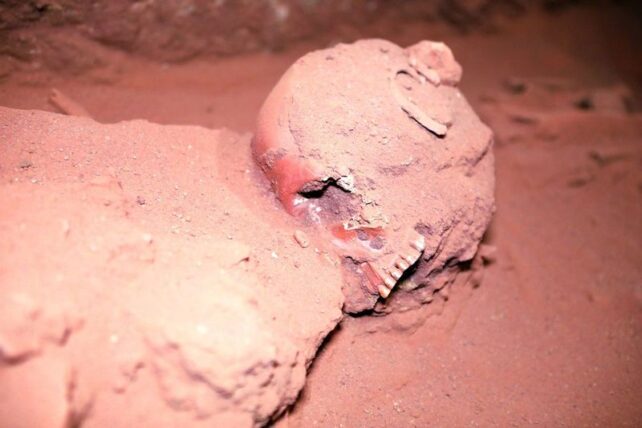
As a result, no one really knows how old the Treasury building is or what it was used for. It's called a treasury because a sculpted urn at the top of the facade was thought to hold riches. This vessel could also, however, be a memorial to royalty.
"It's fantastic that we now have the pottery, ecofacts, and sediments to date when the Treasury was constructed," says environmental scientist Tim Kinnaird from the University of St Andrews.
"Previously we've worked on assumptions and conjectures – to have a definitive date will be a monumental achievement for us all."
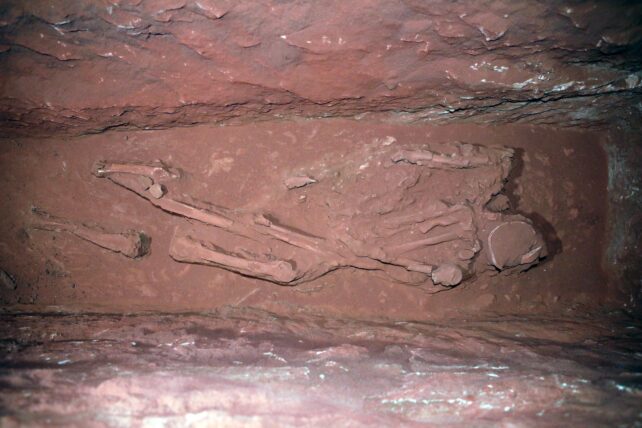
The discovery of the underground chamber was made by accident, after researchers used ground-penetrating radars to assess flooding risks.
Archaeologists say the tomb was most likely built as a mausoleum and crypt for King Aretas IV Philopatris at the beginning of the 1st century CE.
King Philopatris was the ruler of the Nabateans from roughly 9 BCE to 40 CE. Under his reign, what was once a community of goat and sheep herders flourished into a kingdom of wealthy merchants, allowing for the lavish construction of many buildings in Petra.

This inevitably drew the attention of the Romans. Around 100 CE, the powerful neighboring Empire annexed Petra and renamed it Arabia Petraea. The Romans would rule over the city for the next 300 years, after which the site was gradually abandoned.
It's not known what happened to the Nabateans after this event. It's likely that the people slowly diffused into Roman society. Much of what we do know about them comes from Roman writings.
"The discovery is of international significance, as very few complete burials from the early Nabataeans have ever been recovered from Petra before," explains geophysicist Richard Bates from St Andrews.
"The burials, their goods, and the human remains can all be expected to help fill the gaps in our knowledge of how Petra came to be and who the Nabataeans were."
The excavation of the tomb is featured in a two-part program called Excavation Unknown, part of the series Expedition Unknown, which also aired this month on Discovery Channel.
